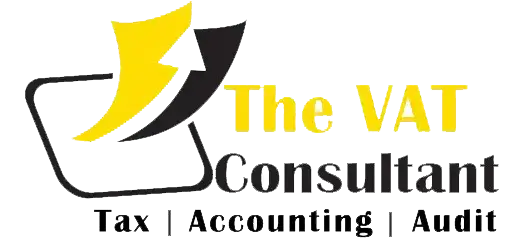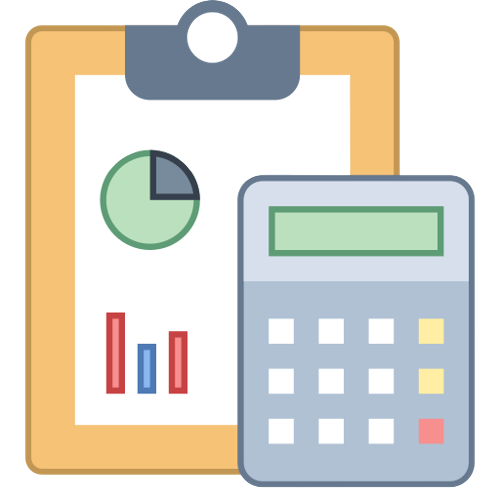According to the UAE Value-Added Tax Law, the responsibility for collecting, collecting and paying taxes to the government lies with the suppliers of taxable supplies, that is, the suppliers. This means that whenever a registered supplier provides taxable supplies, he needs to collect value-added tax and pay it to the government. The mechanism by which registered suppliers collect taxes from their customers is called the forward charging mechanism. For example, A-One Spares Ltd sold Dh100,000 worth of spare parts to General Motors Co. Ltd. and charged Dh5,000 value-added tax at a rate of 5%. The value-added tax of Dh5,000 is charged as a forward fee. However, the UAE VAT Law and Implementation Regulations informs certain types of supplies that require VAT to be charged on the reverse charging mechanism.
Before understanding the consumables responsible for reverse charging VAT, let us first understand the concept of reverse charging mechanism.
What is the VAT reverse charging mechanism?
Under the reverse charging mechanism, the recipient or purchaser of goods or services is obligated to pay taxes to the government for certain notified supplies, while forward charges are different from the supplier’s tax liability. The key change is the transfer of tax liability, which is transferred from the supplier to the buyer.
Why adopt the VAT reverse charging mechanism?
To ensure that VAT is charged on the supply of goods or services when the supplier is not a taxable person and the supply is in the UAE, the government has introduced the concept of a reverse charging mechanism. Therefore, the recipient or purchaser is considered to be the person who provides himself with taxable supplies and will be responsible for paying value-added tax to the government.
What kind of supplementary VAT should be paid in the United Arab Emirates?
In the UAE VAT, the import of related goods or services and the supply of any crude oil or refined oil, unprocessed or processed natural gas or any hydrocarbons for resale or production and distribution of any form of energy shall be paid. VAT. The UAE VAT Law lists the following supplies, which will be responsible for the value-added tax of the reverse charging mechanism as long as they meet the applicable conditions specified in the UAE’s implementing regulations:
Import related goods or services for commercial purposes
Taxable supply of any crude oil or refined oil, unprocessed or processed natural gas or any hydrocarbon that is resold or produced and distributed by a registered supplier to a registered purchaser in the UAE State
Suppliers who do not have a place of residence in the state provide goods or services to taxable persons who have a place of residence in the UAE State.
All the consumables mentioned above have a reverse charging mechanism. However, for each of the above-mentioned supplies, specific conditions are mentioned in the UAE’s VAT enforcement regulations, and these conditions must be completed in order to be responsible for offsetting VAT.
Example of offsetting VAT
In order to ensure that VAT is collected on supplies whose suppliers are not taxable in the UAE state, the UAE VAT introduced the concept of a reverse charging mechanism. In this case, the recipient or purchaser of the goods or services will be liable to pay taxes to the government. Therefore, as a recipient or purchaser of goods or services under the reverse charging mechanism, you need to perform the following responsibilities:
Determine the amount of tax to be collected
Write down the VAT receivable for reverse charges
Remit VAT to the government
If the conditions are met, then claim input tax.
Maintain records such as invoices and other documents to verify tax and input tax requirements
In order to make the concept of the reverse charging mechanism clearer, let us use an example to understand this:
A-One Spare Ltd is a registered distributor of parts and accessories in Dubai and imported parts worth AED 5,500 from Speed Motors Ltd in India.
Here, A-One Spare Ltd is a registered importer and needs to pay a 5% value-added tax to the government, which is 5500 dirhams, or 275 dirhams.
Compared with the forward charging mechanism, what is the difference between the reverse charging VAT?
Let us take 5% of the domestic supply of goods and the import of similar goods as an example to compare and analyze the value-added tax of forward and reverse charges.
positive and negative
positive and negative
If you look closely at the diagram, the final result of the reverse charging mechanism is the same as the forward charging base. The only difference between reverse-charged VAT is the transfer of liability for VAT payment from the supplier to the payee. As shown in the picture above, it has moved from ABC company to XYZ company. In a sense, the concept of a reverse charging mechanism helps to ease the difference between local and international suppliers and put the two in the same place.


























